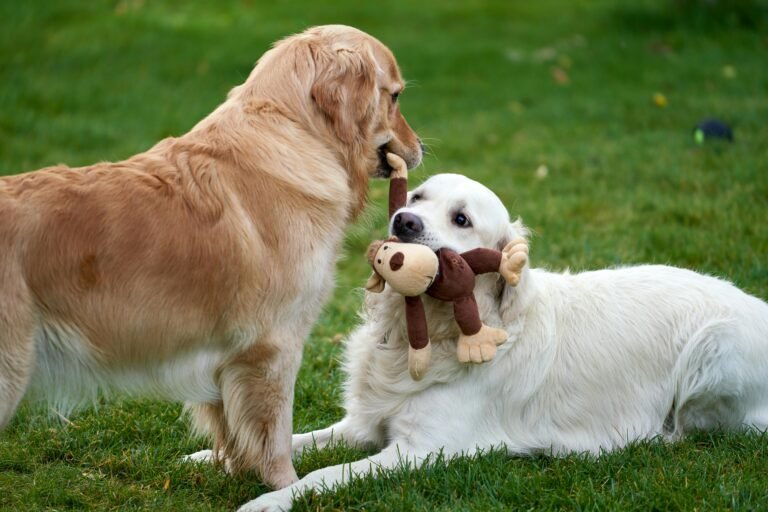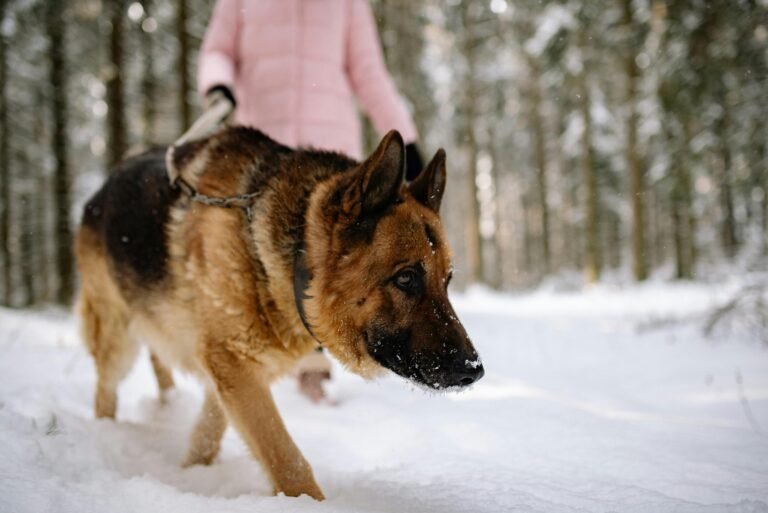Doogs thrive on exploration, play, and problem-solving. Incorporating adventure games into your dog’s routine keeps them physically fit, mentally stimulated, and emotionally satisfied. Whether you’re confined indoors on a rainy day or venturing outside on a sunny weekend, there are countless ways to challenge and excite your pup. This guide offers a variety of indoor and outdoor adventure games designed to engage your dog’s senses and strengthen your bond.
Why Adventure Play Matters
Structured play is more than just fun—it provides essential mental and physical exercise. Adventure games:
- Build confidence: Navigating obstacles and solving puzzles helps dogs become more self-assured.
- Channel energy: High-energy breeds need outlets for their exuberance; adventure games provide healthy activities.
- Prevent boredom and destructive behaviors: Engaging tasks occupy your dog’s mind and reduce undesirable behaviors like chewing or digging.
- Strengthen your bond: Cooperative play fosters trust and communication between you and your dog.
Indoor Adventure Games
When the weather keeps you inside, transform your home into an adventure playground.
- Hide and Seek: Ask your dog to stay or have someone hold them while you hide behind furniture or in another room. Call their name and praise them when they find you. As your dog improves, make the hiding spots trickier.
- Indoor Obstacle Course: Use household items such as chairs, cushions, broomsticks, and blankets to create tunnels, jumps, and weave poles. Guide your dog through using treats or a favorite toy. Start with simple routes and gradually add complexity.
- Box Forts and Tunnels: Save cardboard boxes from deliveries and build interconnected tunnels and forts. Encourage your dog to explore and navigate the maze, hiding treats or toys inside to encourage sniffing and crawling.
- Scent Trails: Lay down a trail of kibble, treats, or a small cloth scented with diluted essential oils. Begin with short, straight trails and slowly incorporate turns and dead ends. Scent games stimulate your dog’s powerful nose and provide mental enrichment.
- Interactive Toy Rotations: Incorporate puzzle toys and treat-dispensing balls into play sessions. Rotate different toys to maintain novelty and challenge your dog to figure out how to get the rewards.
Outdoor Adventure Games
Outdoor adventures provide fresh air and plenty of space to let your dog stretch their legs.
- DIY Agility Course: Set up an agility course in your backyard or a safe open space using cones, PVC pipes, hula hoops, and low jumps. Teach your dog to weave, jump, crawl, and balance. Keep sessions short and rewarding to maintain enthusiasm.
- Hiking and Trail Explorations: Choose dog-friendly trails and gradually increase distance. Pack water, collapsible bowls, and a canine first-aid kit. Check trail conditions and leash laws, and take breaks for sniffing and rest. Trails with varied terrain and natural obstacles provide exciting challenges.
- Treasure Hunts and Geocaching: Hide treats, favorite toys, or scent markers around your yard or park and encourage your dog to search. You can also participate in geocaching adventures that allow pets, hiding small dog-friendly prizes. Use cues like “Find it!” to initiate the search.
- Water Adventures: If your dog enjoys water, supervised swims in ponds, lakes, or shallow rivers provide excellent exercise. Use floating toys for retrieval games and equip your dog with a life jacket for safety. For at-home water play, set up a kiddie pool and introduce sprinkler games.
- Parkour and Trick Training: Urban or natural parkour uses environmental obstacles such as benches, logs, rocks, and low walls. Teach your dog to jump over, crawl under, balance on, and weave through obstacles. Incorporate tricks like spins, hops, and bows to create a freestyle performance.
Safety Considerations and Preparation
Adventure games are fun, but safety always comes first:
- Assess your dog’s health: Consult with your veterinarian before beginning new physical activities, especially if your dog is a puppy, senior, or has medical conditions.
- Warm-up and cool-down: Gentle walks and stretches reduce the risk of injury. End sessions with a calm cool-down.
- Check the environment: Remove sharp objects, secure slippery rugs, and survey outdoor areas for hazards like broken glass, toxic plants, and extreme temperatures.
- Provide hydration and shade: Keep fresh water on hand and offer regular breaks. In hot weather, choose shaded areas and avoid peak heat.
- Use appropriate gear: Harnesses provide better control and reduce pressure on the throat. For water play, invest in a properly fitted life jacket. Reflective vests and lights enhance visibility in low-light conditions.
Adapting Games for Different Dogs
Every dog is unique; adapt adventure games to suit your pet:
- Puppies: Keep sessions short and low-impact. Avoid high jumps or strenuous activities while joints are still developing.
- Adult dogs: Adjust difficulty based on energy level. High-energy breeds may enjoy longer, more challenging courses, while low-energy breeds may prefer slower-paced games.
- Senior dogs: Choose low-impact activities like scent games, gentle hikes on soft terrain, or shortened agility courses. Provide extra padding and avoid slippery surfaces.
- Special needs dogs: For dogs with disabilities or injuries, modify games to accommodate mobility or sensory limitations. Scent work, gentle puzzle toys, and slow, supportive walks still provide enrichment.
Building Your Own Adventure Equipment
You don’t need expensive equipment to create adventure games. Household items and inexpensive supplies can become fantastic play structures.
- Use PVC pipes and connectors: Build weave poles, jumps, or lightweight frames. PVC is inexpensive and easy to customize.
- Repurpose everyday objects: Brooms, cushions, laundry baskets, and storage bins can form tunnels, barriers, and platforms.
- Invest in modular pieces: Purchase or build collapsible tunnels, portable jumps, and adjustable hurdles. Modular equipment can be reconfigured to create new courses.
- Consider storage: Design equipment that is easy to assemble and disassemble, ensuring your play space remains organized when not in use.
Tips for Keeping Play Sessions Fun
To maintain excitement and prevent burnout:
- Keep sessions varied: Alternate between indoor and outdoor games, and rotate equipment and toys.
- End on a positive note: Finish sessions with a successful task and rewards so your dog associates playtime with joy.
- Watch your dog’s signals: Look for signs of fatigue, stress, or overstimulation. Provide breaks and adjust difficulty when needed.
- Use positive reinforcement: Reward with treats, praise, and playtime. Avoid harsh corrections, which can discourage exploration.
- Invite friends: Social play with trusted dog buddies can add a new dynamic, but supervise interactions to ensure all dogs are comfortable.
Conclusion
Adventure games unlock your dog’s curiosity and vitality. By creating varied indoor and outdoor experiences, you nurture their physical health, sharpen their mind, and deepen your relationship. Tailor activities to your dog’s age, breed, and personality, ensuring safety and enjoyment. Whether you’re building a backyard agility course, exploring a forest trail, or crafting a cardboard maze in the living room, these adventures will make your dog’s world richer and more exciting—and you’ll share unforgettable moments along the way.






